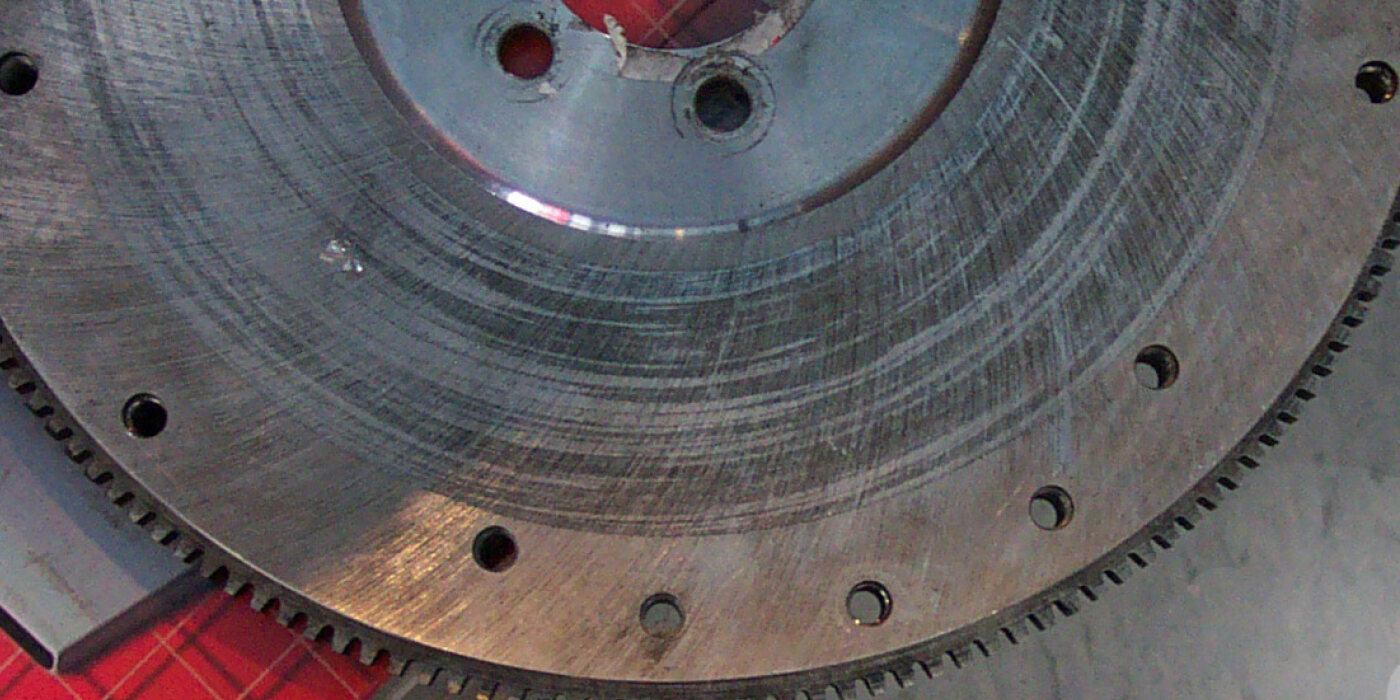Manual transmission sourcebook 2023
While no longer the dominant market force they were in the past, there are still enough manual transmissions out there on the road to make up a decent amount of work for transmission shops in certain specialized segments; and still, of course, the need for parts for, and the ability to work on, those manuals.
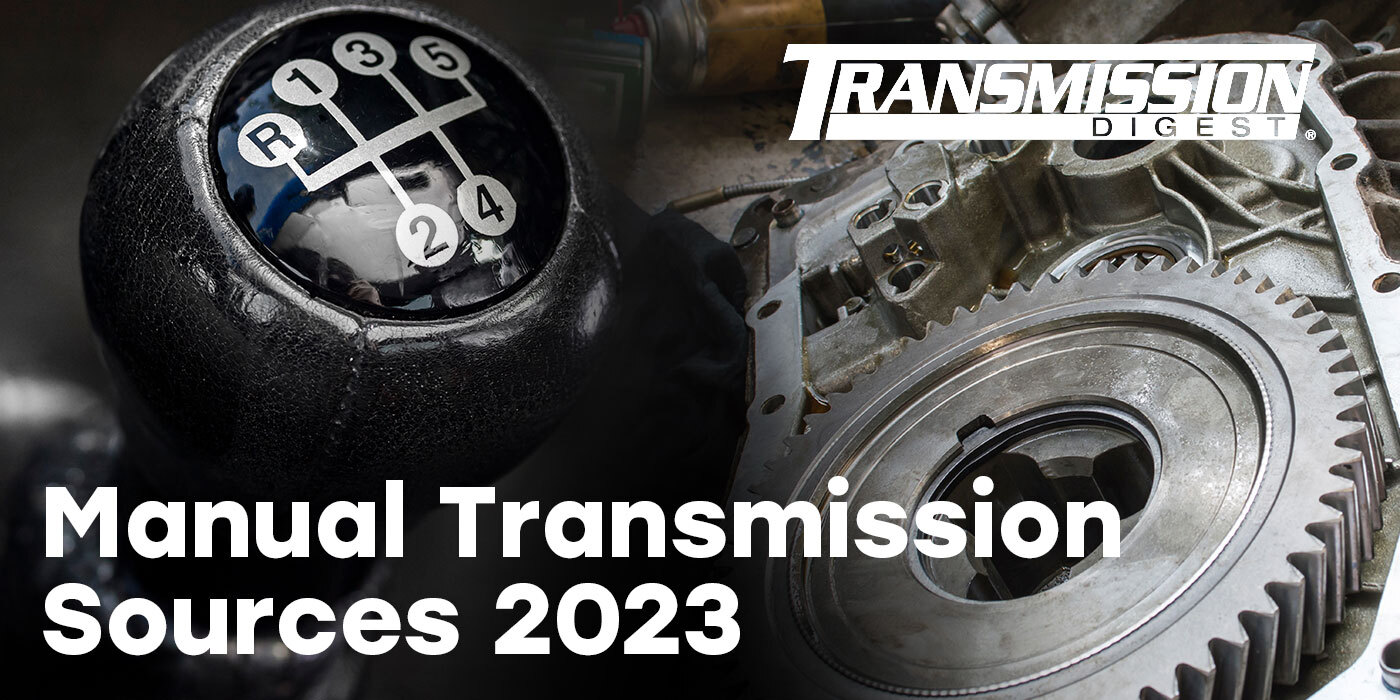
Sticks: Narrow Demand – Potential Profit
Today’s demand for sticks breaks down into a small number of focused customer categories.
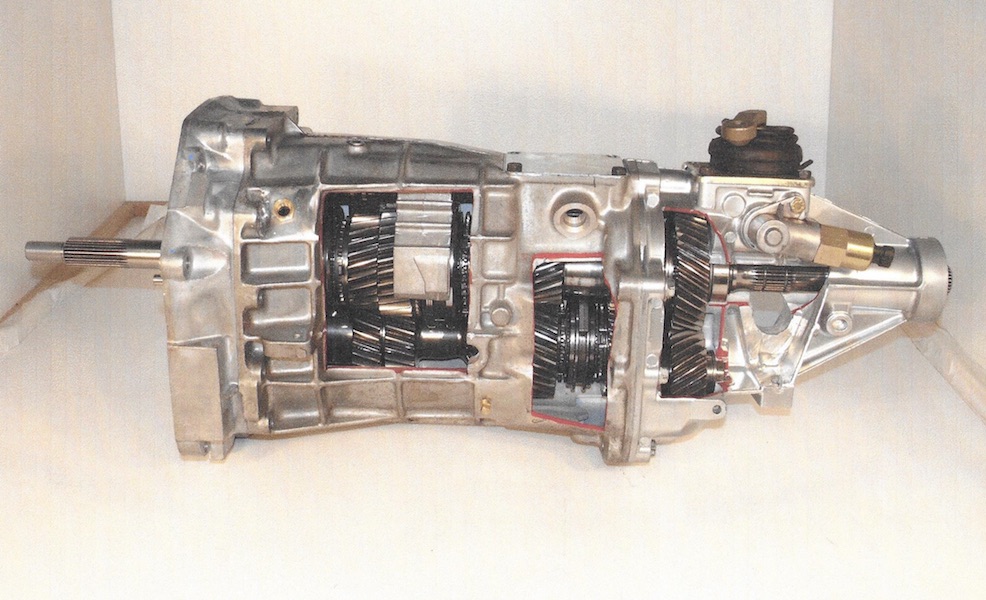
Exploring Some of the Mystery in the MP3023 Transfer Case
Up to Standards Introduced in 2011 in the Jeep Grand Cherokee WK2 series and Dodge Durango vehicles and continuing into 2019, there are a lot of these units on the roads. Magna Powertrain designed and produced the 3023 and 3010 transfer cases. The 3010 series is a single speed active transfer case (no low range)

Leading Causes of Manual Transmission Failure
The most common reasons a manual transmission failed are lack of lubrication, incorrect lubrication and improper or no clutch release.

Learn New Things
You are not supposed to get to the finish line in pristine condition. You are supposed to cross the line a burnt out, beat up hulk, and through the smoke and leakage, yell, “WHAT A RIDE!”

MP3023 T-Case: Simple Mechanics, Complex Electronics
The MP3023 is an active automatic transfer case that is found in a wide variety of vehicles. This unit will be found in GM trucks 2007-13, Jeep Grand Cherokees 2011-19, and in Dodge Durangos 2010-up. We will be discussing the Jeep version here, which has very sophisticated control electronics. The transfer cases are basically all the same across the product line, but there are considerable variations in the electronics, which will make diagnostics outside of the transfer case a learning experience.
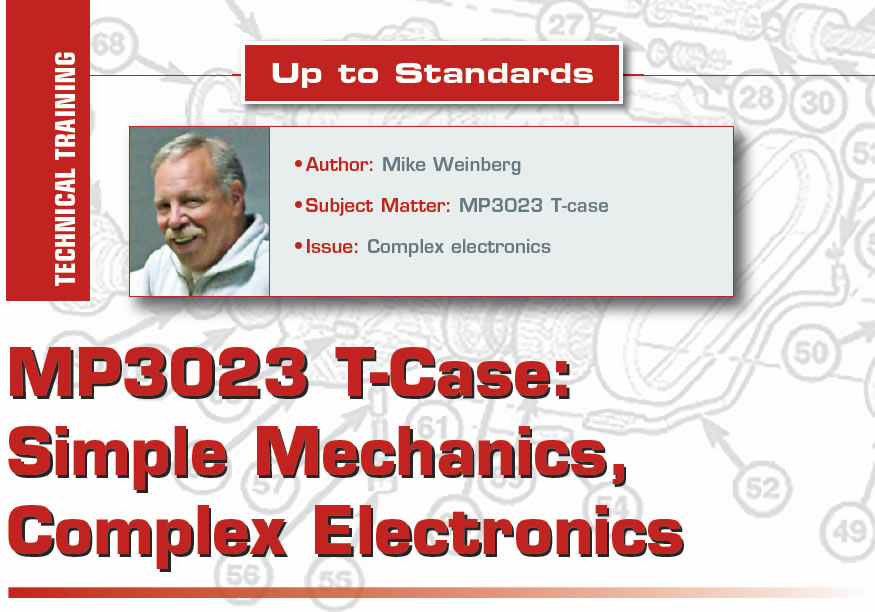
Simple Routines Can Leat To Solutions
For whatever reason, the tech lines get an inordinate number of calls regarding a few specific is-sues. That such a high volume of calls is generated by just a few problems leads to the belief that we need to revisit and speak about the lack of understanding by the tech-nician that leads to all this wasted time and phone traffic, as well as failure to get the job right the first time. Let’s start out the year by get-ting to the nitty-gritty of why cer-tain issues seem to confuse so many people.
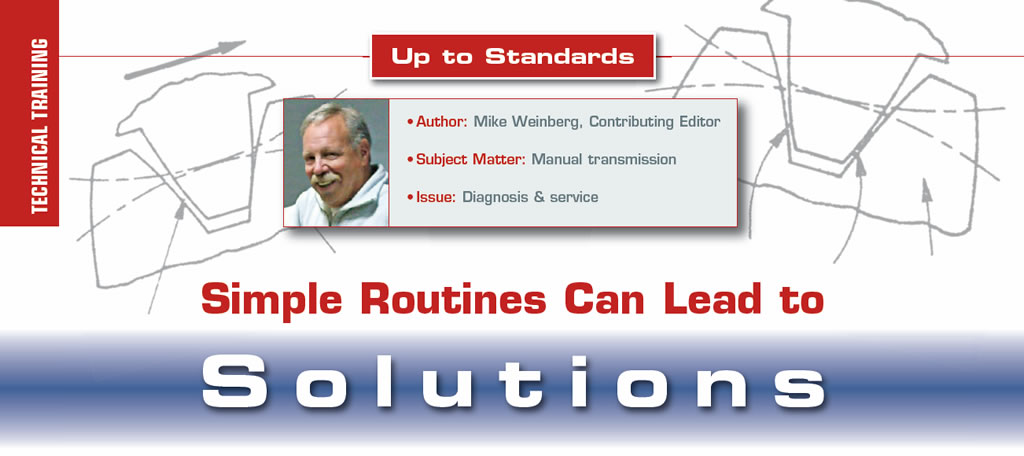
Lubricants: Understanding the Mysteries
Lubricating oils or lubricants have been around since the invention of the wheel, and every class or type of machinery uses and needs them. But, how much do we really understand about these products and about the amazing amount of engineering that is found in a can?

Tires Vastly Improved, but Check the Specs
The advancement of technology in the automotive field is rapid and unrelenting. Forces that shape the marketplace, state and federal regulations, the need to attract new customers, and the need to be different and at the same time profitable are driving the car makers to develop technology at a pace never seen before.

Are We Speaking the Same Language?
If you are repairing transmissions for a living, you will invariably spend some time on the phone ordering parts and speaking with technical hotlines to assist in your diagnosis of problems. Having been on both ends of a tech line for over half a century and an equal amount of time buying parts, I have learned a whole new language. To be successful communicating with those entities, one must understand the language and be speaking about the same correct topic with whoever is on the other end of the conversation.

Electronics In Dual Clutch Units
This article is the final segment of our exploration of the dual-clutch transmission, or direct shift gear box (VW and Audi) or DualTronic in BorgWarner’s brand. We have included several schematics from a VW Touran model, as VW has the largest amount of these transmissions in use. VW using its VAS 5051 diagnostic system provides for, as they say, “guided fault finding,” which means that a test schedule is available for the unit and provides testing for sensors, actuators and the mechatronic (computerized) valve body.

Hydraulic & Fluid Controls in Dual-Clutch Units
To recap, we have looked at how the dual-clutch transmission functions, essentially two gear boxes in one with the input shafts driven by hydraulically applied clutch packs that drive three concentric shafts that are one inside the other. The innermost shaft drives a gerotor-type of fluid pump that provides pressurized fluid to actuate the dual clutches, lubricate and cool the components, and shift the transmission into the selected gear. The next two shafts are driven by the two clutch packs with one shaft shifting the even-number gears and one shifting the odd-numbered gears.



